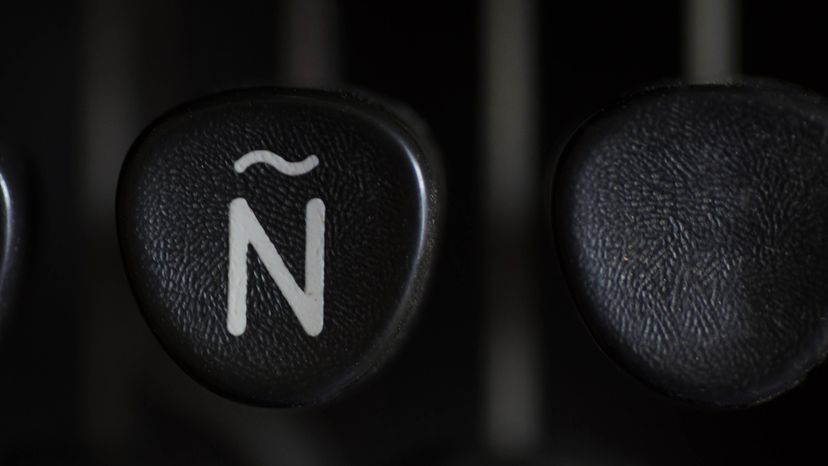
The letter "ñ" is Latin small letter (aka lowercase letter) found in Spanish words. A tilde (the squiggly line over the letter) distinguishes "ñ" from "n" and gives it different pronunciation. For instance, in Spanish, "ano" is pronounced "ah-no" and "año" is pronounced "ahn-yo." And for the record, these two words have very different meanings as well.
The alphabetical character likely has a Spanish origin since it is not found in the Latin alphabet, even though similar characters appear in other romance languages such as French, Portuguese and Italian.
Advertisement